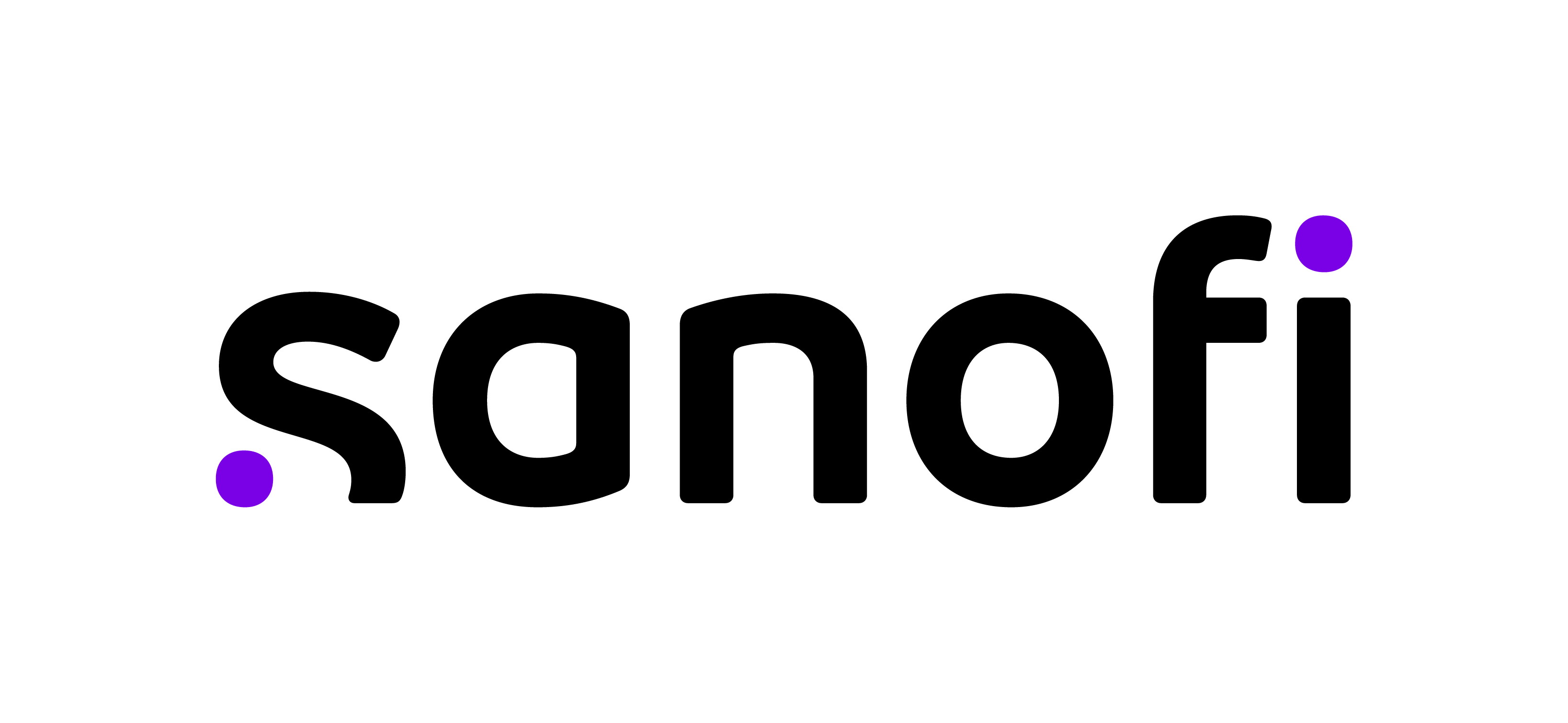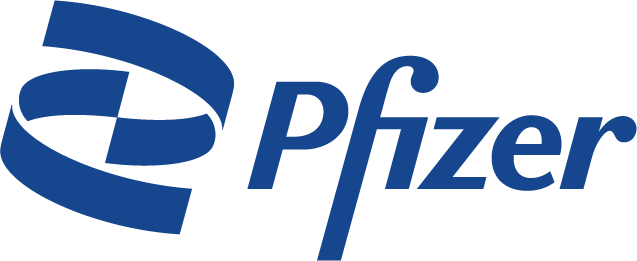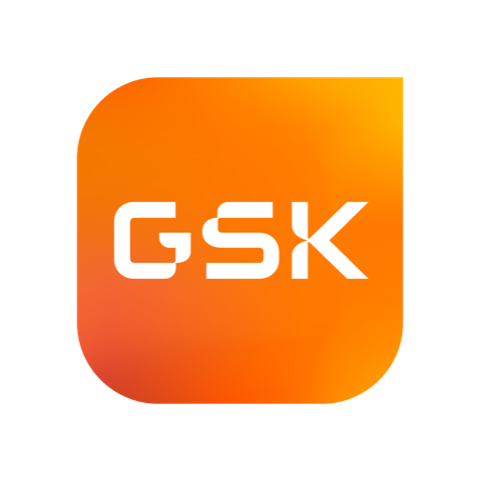Linvoseltamab (Lynozyfic) Is Now FDA-approved for Relapsed/Refractory Myeloma

The bispecific antibody linvoseltamab (Lynozyfic, Regeneron) received accelerated approval by the U.S. Food and Drug Administration (FDA) today, July 2, 2025, for people with relapsed/refractory multiple myeloma.
Continue reading to learn how linvoseltamab performed in recent results and how it is used to treat relapsed/refractory myeloma.
“The FDA approval of Lynozyfic represents meaningful progress for the multiple myeloma community. Lynozyfic demonstrated early, deep, and durable responses in heavily pre-treated patients, which I saw firsthand in clinical trials. Lynozyfic has a convenient response-adapted dosing regimen, which provides the potential to extend time between doses. This is a significant patient-centric advancement that could help reduce treatment burden.” - Sundar Jagannath, MD, Network Director of the Center of Excellence for Multiple Myeloma at Mount Sinai in New York City and a trial investigator.
Which myeloma patients can now receive linvoseltamab?
Linvoseltamab received accelerated FDA approval for people with myeloma who have received at least four prior lines of therapy. These include a proteasome inhibitor, an immunomodulatory therapy, and an anti-CD38 monoclonal antibody.
The European Union previously approved its use for patients who had three prior treatments and were refractory to the last line.
Continued approval of linvoseltamab may depend on results from additional clinical trials that confirm its effectiveness.
How effective is linvoseltamab against myeloma?
Linvoseltamab’s approval came based on results from the phase 1/2 LINKER-MM1 trial. In this study, 80 people with relapsed/refractory myeloma experienced:
- 70% objective response rate (ORR)
- 45% complete response (CR)
- Median time to achieve a first response was 0.95 months
- Median duration of response (DoR) was not reached; estimated DoR was 89% at 9 months and 72% at 12 months
These findings show that the majority of patients experience a quick, effective, and long-lasting response to treatment.
Managing linvoseltamab’s side effects
Common side effects from the bispecific antibody included muscle/bone pain, cytokine release syndrome, cough, upper respiratory tract infection, diarrhea, fatigue, pneumonia, nausea, headache, and shortness of breath.
The most common serious side effects that required hospital care (grade 3/4) were decreased blood counts, including lymphocytes, neutrophils, hemoglobin, and white blood cells.
To learn how these side effects are typically managed, click the button below.
Bispecific Antibody Side Effect Management
How is linvoseltamab administered?
Linvoseltamab is given by intravenous (IV) infusion. To lower the risk of side effects, it starts with a step-up dosing schedule. After the first and second step-up doses, a 24-hour hospital stay is required to monitor patients for possible side effects.
Once step-up dosing is finished, a 200 mg dose is given weekly. Starting at week 14, doses are spaced out every two weeks. If you achieve and maintain a very good partial response (VGPR) or better after at least 24 weeks of treatment, you may switch to every four-week dosing. This provides patients with a more convenient treatment schedule.
Key takeaways
Linvoseltamab is a newly approved bispecific antibody for people with relapsed/refractory myeloma. In the study that led to its approval, most patients responded quickly and maintained that response for more than 12 months. Those who reach a VGPR after 24 weeks may switch to monthly infusions, providing a more convenient treatment schedule.
Talk with your myeloma specialist to see if linvoseltamab may be a good fit for your care plan.
To learn more about using bispecific antibodies to treat myeloma, click the button below to view our patient-friendly education guide.
Myeloma Bispecific Antibody Guide
Sources:
The bispecific antibody linvoseltamab (Lynozyfic, Regeneron) received accelerated approval by the U.S. Food and Drug Administration (FDA) today, July 2, 2025, for people with relapsed/refractory multiple myeloma.
Continue reading to learn how linvoseltamab performed in recent results and how it is used to treat relapsed/refractory myeloma.
“The FDA approval of Lynozyfic represents meaningful progress for the multiple myeloma community. Lynozyfic demonstrated early, deep, and durable responses in heavily pre-treated patients, which I saw firsthand in clinical trials. Lynozyfic has a convenient response-adapted dosing regimen, which provides the potential to extend time between doses. This is a significant patient-centric advancement that could help reduce treatment burden.” - Sundar Jagannath, MD, Network Director of the Center of Excellence for Multiple Myeloma at Mount Sinai in New York City and a trial investigator.
Which myeloma patients can now receive linvoseltamab?
Linvoseltamab received accelerated FDA approval for people with myeloma who have received at least four prior lines of therapy. These include a proteasome inhibitor, an immunomodulatory therapy, and an anti-CD38 monoclonal antibody.
The European Union previously approved its use for patients who had three prior treatments and were refractory to the last line.
Continued approval of linvoseltamab may depend on results from additional clinical trials that confirm its effectiveness.
How effective is linvoseltamab against myeloma?
Linvoseltamab’s approval came based on results from the phase 1/2 LINKER-MM1 trial. In this study, 80 people with relapsed/refractory myeloma experienced:
- 70% objective response rate (ORR)
- 45% complete response (CR)
- Median time to achieve a first response was 0.95 months
- Median duration of response (DoR) was not reached; estimated DoR was 89% at 9 months and 72% at 12 months
These findings show that the majority of patients experience a quick, effective, and long-lasting response to treatment.
Managing linvoseltamab’s side effects
Common side effects from the bispecific antibody included muscle/bone pain, cytokine release syndrome, cough, upper respiratory tract infection, diarrhea, fatigue, pneumonia, nausea, headache, and shortness of breath.
The most common serious side effects that required hospital care (grade 3/4) were decreased blood counts, including lymphocytes, neutrophils, hemoglobin, and white blood cells.
To learn how these side effects are typically managed, click the button below.
Bispecific Antibody Side Effect Management
How is linvoseltamab administered?
Linvoseltamab is given by intravenous (IV) infusion. To lower the risk of side effects, it starts with a step-up dosing schedule. After the first and second step-up doses, a 24-hour hospital stay is required to monitor patients for possible side effects.
Once step-up dosing is finished, a 200 mg dose is given weekly. Starting at week 14, doses are spaced out every two weeks. If you achieve and maintain a very good partial response (VGPR) or better after at least 24 weeks of treatment, you may switch to every four-week dosing. This provides patients with a more convenient treatment schedule.
Key takeaways
Linvoseltamab is a newly approved bispecific antibody for people with relapsed/refractory myeloma. In the study that led to its approval, most patients responded quickly and maintained that response for more than 12 months. Those who reach a VGPR after 24 weeks may switch to monthly infusions, providing a more convenient treatment schedule.
Talk with your myeloma specialist to see if linvoseltamab may be a good fit for your care plan.
To learn more about using bispecific antibodies to treat myeloma, click the button below to view our patient-friendly education guide.
Myeloma Bispecific Antibody Guide
Sources:

about the author
Megan Heaps
Megan joined HealthTree in 2022. She enjoys helping patients and their care partners understand the various aspects of the cancer. This understanding enables them to better advocate for themselves and improve their treatment outcomes.
More on Treatment Advances
Trending Articles




Get the Latest Multiple Myeloma Updates, Delivered to You.
By subscribing to the HealthTree newsletter, you'll receive the latest research, treatment updates, and expert insights to help you navigate your health.
Together we care.
Together we cure.
3x Faster.










